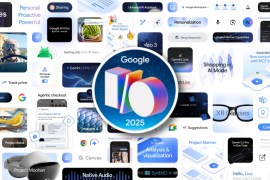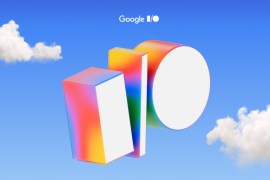The 7 biggest announcements from Google I/O 2016
Android N, VR headsets, a home assistant, and so much more
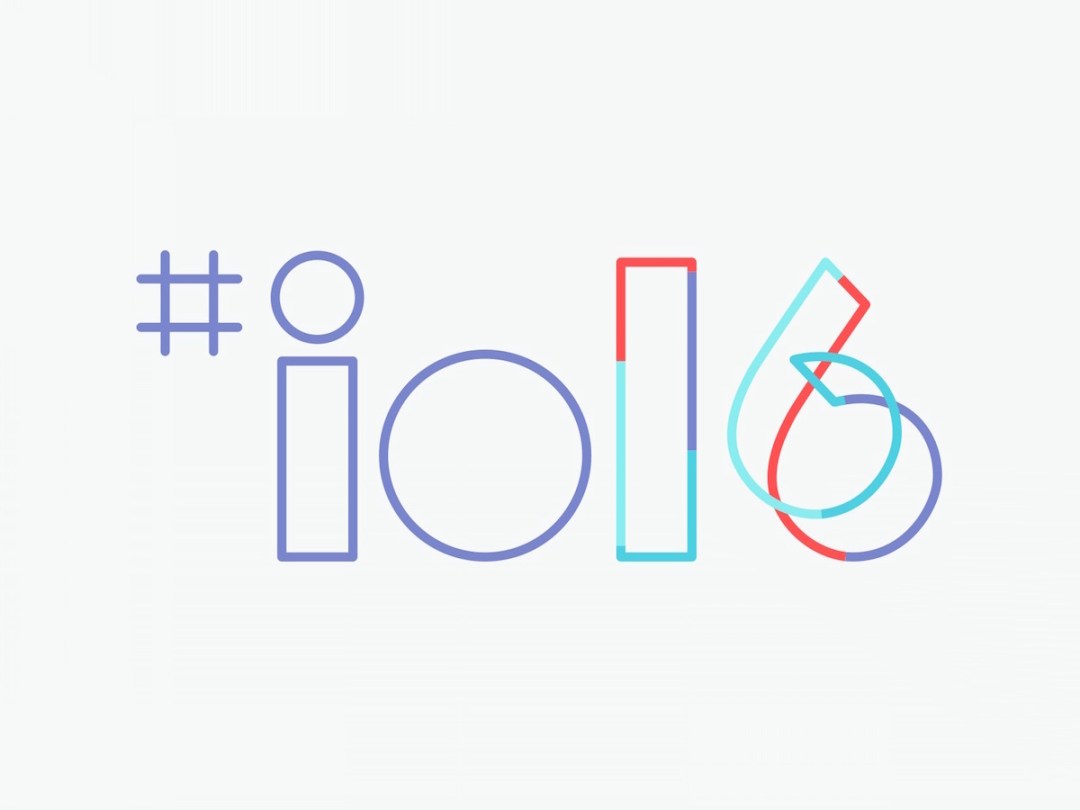
The I/O developers conference is Google’s biggest event of the year, and luckily, 2016 didn’t disappoint: yesterday’s keynote address was packed with announcements for software and hardware alike.
Android N saw a deeper dive before its release later this year, but the real highlights were things like Google’s Daydream VR push and the Amazon Echo-esque Home voice assistant. Even Chrome OS and Android Wear got in on the fun, plus Google has some important new apps coming for both Android and iPhone.
We covered the day’s announcements extensively, but if you need a quick catch-up, look no further: here are the seven biggest stories that have come out of I/O 2016 so far.
1) Daydream becomes reality
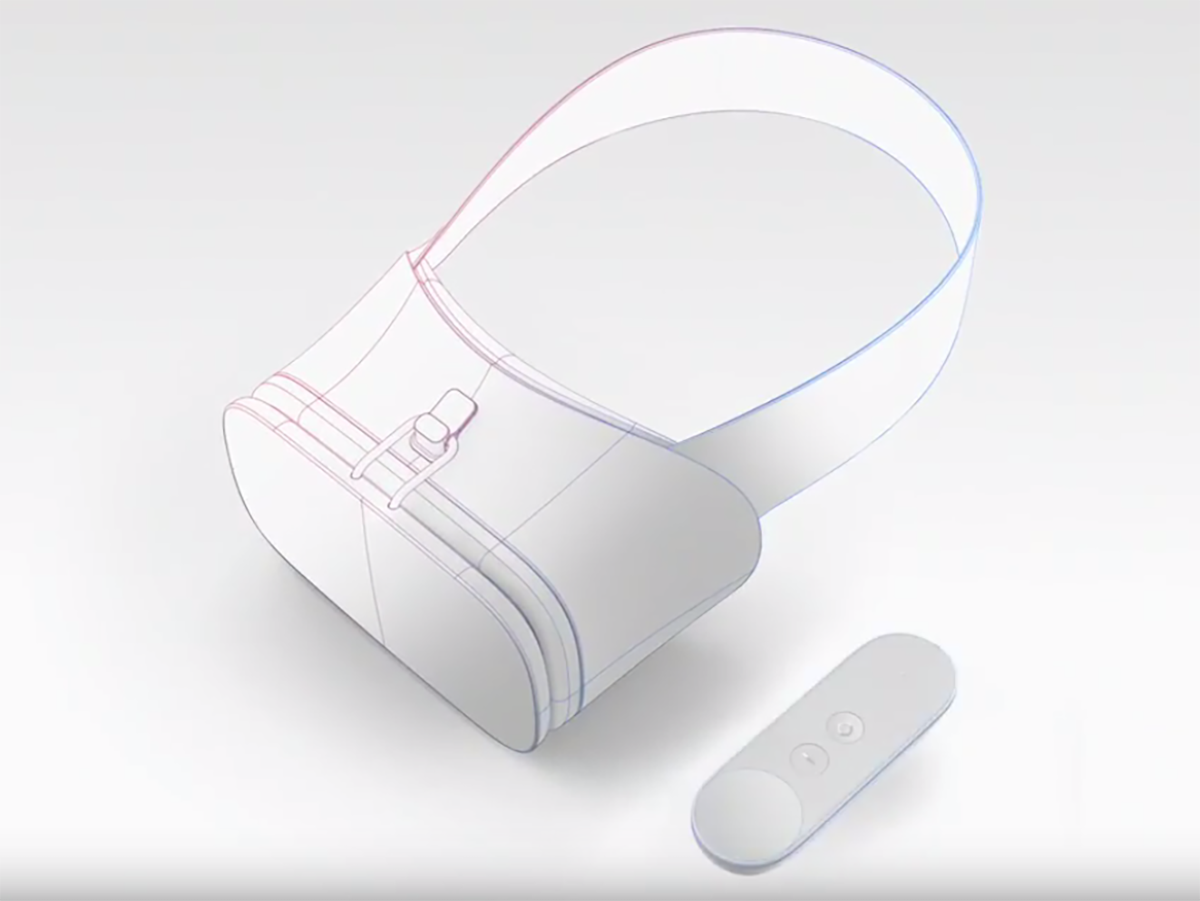
Cardboard is no longer the extent of Google’s VR ambitions: two years after launching that makeshift platform, the company revealed Daydream, a VR standard that will be built right into Android N. It’s phone-based VR on a level that’s akin to Samsung’s Gear VR, albeit with some important differences.
Several manufacturers, including Samsung, HTC, LG, and Huawei, will each make Daydream-compatible smartphones and quite likely their own matching headset shells, too, as well as a one-handed motion controller. And Android N will be primed to work in a special VR mode, with reduced latency and even notifications that pop up properly in your virtual view.
The first phones and headsets (with controller included, we presume) will begin releasing this autumn, and Google is providing the specifications for all the hardware makers to match.
2) Is anyone Home?
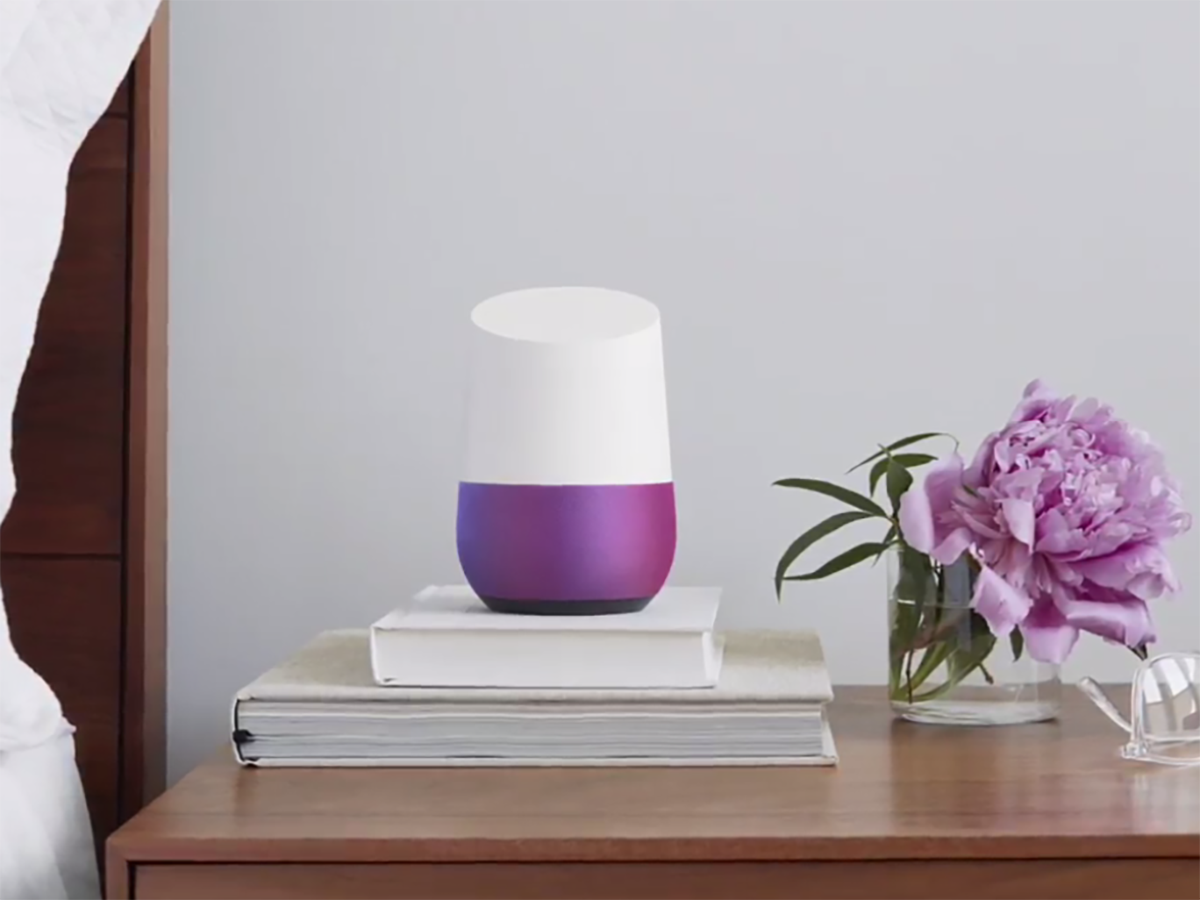
The rumours are true: Google has its own Amazon Echo rival in the works, and it’s called Google Home. Powered by a smarter version of the Google Assistant, Home is an attractive little speaker that sits in your flat and is ready at your beck and call to answer queries, pull up information from the web, and buy you movie tickets (with your money) and have a QR code ready and waiting on your phone.
It’ll do much more, however. You can ask for a YouTube clip and send it to your Chromecast on the TV, or have music play on all of your Home speakers – you’ll want several, right? It’ll even play nice with other connected home tech like Nest’s smart thermostat, smoke detector, and webcams. Google Home won’t be sweet in your home until later this year, however.
3) Android N explored
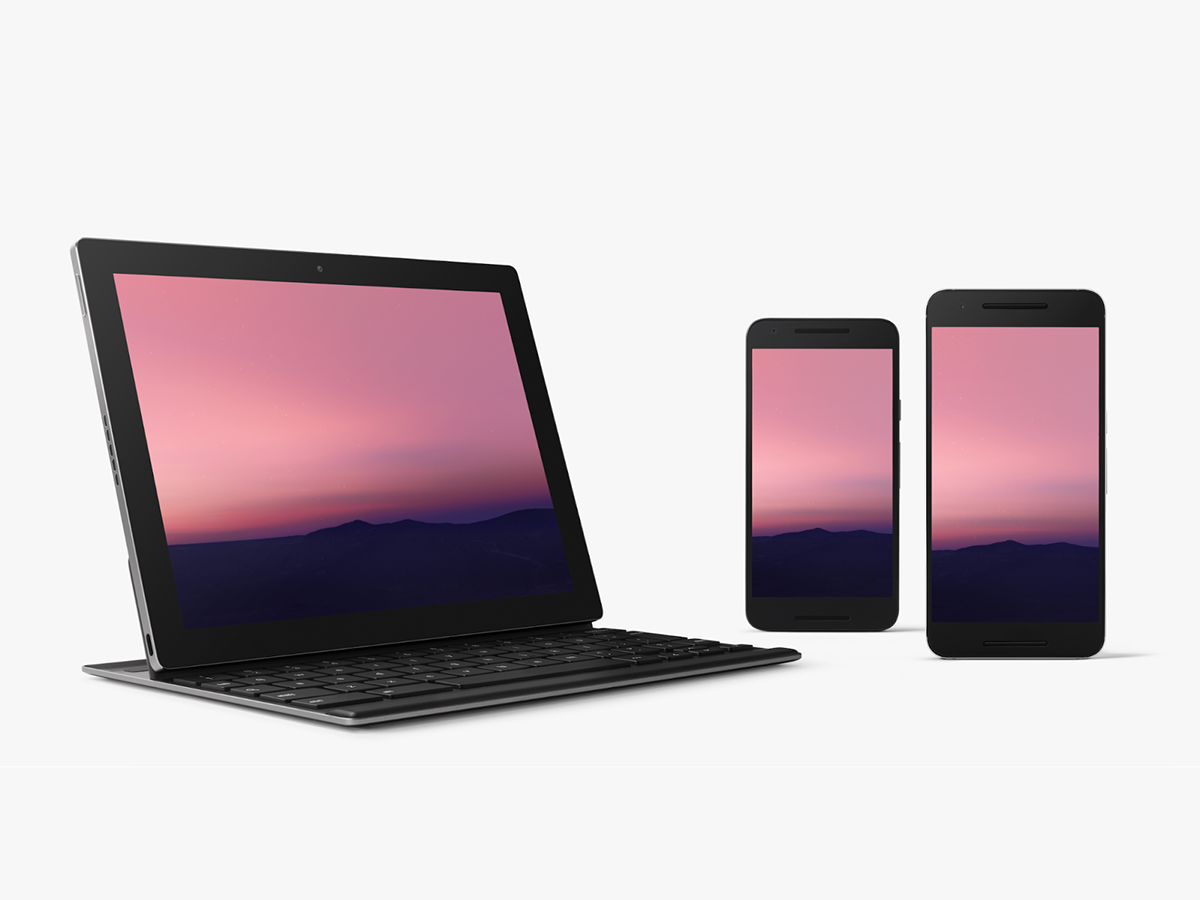
We already knew Android N was coming. Beyond it being an obvious conclusion, Google surprise-released developer builds back in March. Still, there’s a lot we don’t know yet about the still-to-be-named successor to Marshmallow, and Google dug into some of it during the keynote address.
For example, the new Vulkan 3D graphics API will deliver show-stopping gaming visuals. Other enhancements promise speedier installation times, better battery life, and finally an end to that terrible "Android is starting" post-update app optimisation screen. Phew.
And that’s just scratching the surface. Be sure to read our look at the 10 things you need to know about Android N, but Google is likely to share even more in the months ahead. Android N is due out in late summer, but a proper beta version is available now for recent Nexus devices and select others as well.
4) Wear’s second attempt
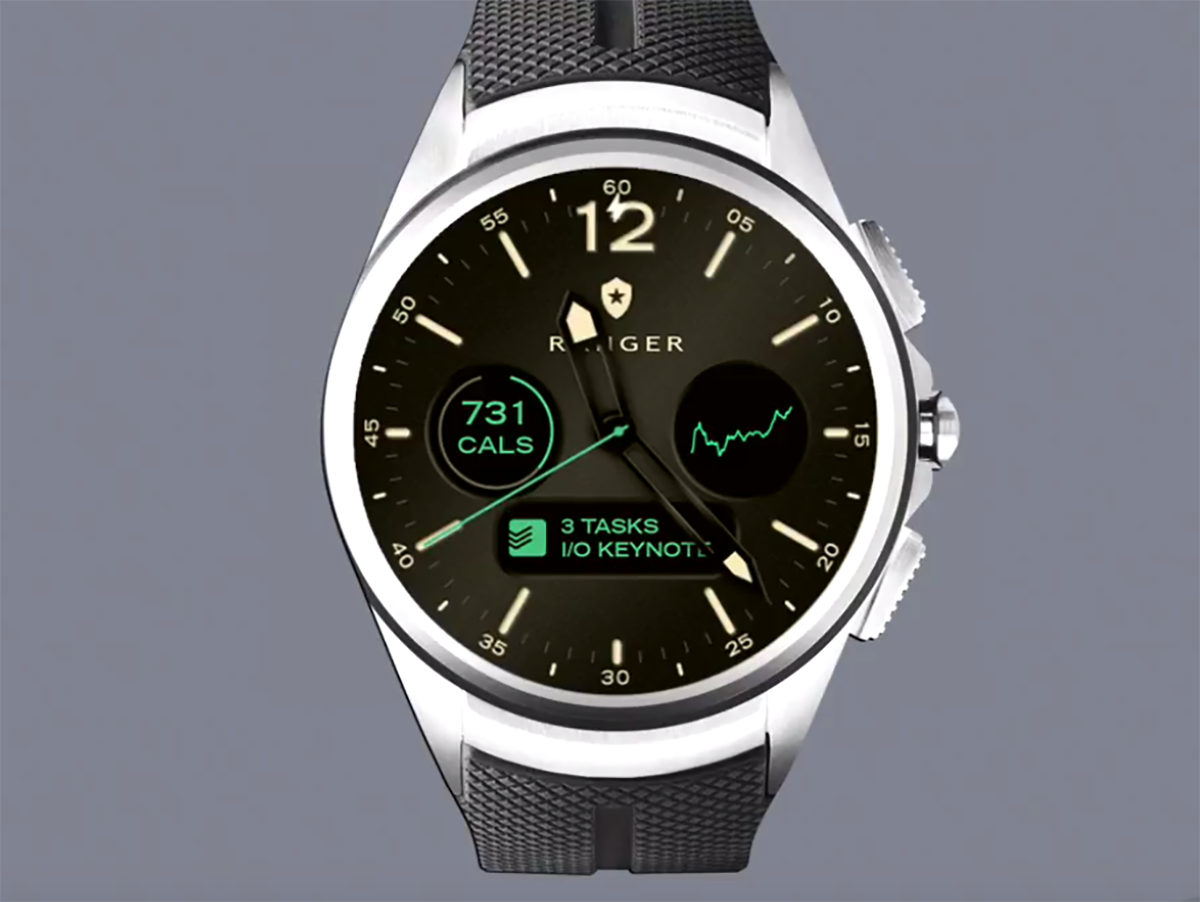
Android Wear’s software can’t help but seem a little dated and feature-light compared to the Apple Watch, but Google might be turning the tide soon. Yesterday, the company announced the impending arrival of Android Wear 2.0, an update that brings significant changes to the entire wearable experience.
Refreshed Material Design visuals drive the entire experience, but the update will also bring slicker notifications, smart replies straight from the watch, a full keyboard for typing or swiping (seriously), and customisable faces with various complications (those little widgets, like on Apple Watch).
Best of all, Android Wear 2.0 will let devices run independently without your phone, letting them grab data over Wi-Fi or cellular connections (if the watch allows), and allow for standalone apps as well. A developer preview is available now, and the full version of Wear 2.0 should be out this autumn.
5) ‘Allo, Duo!
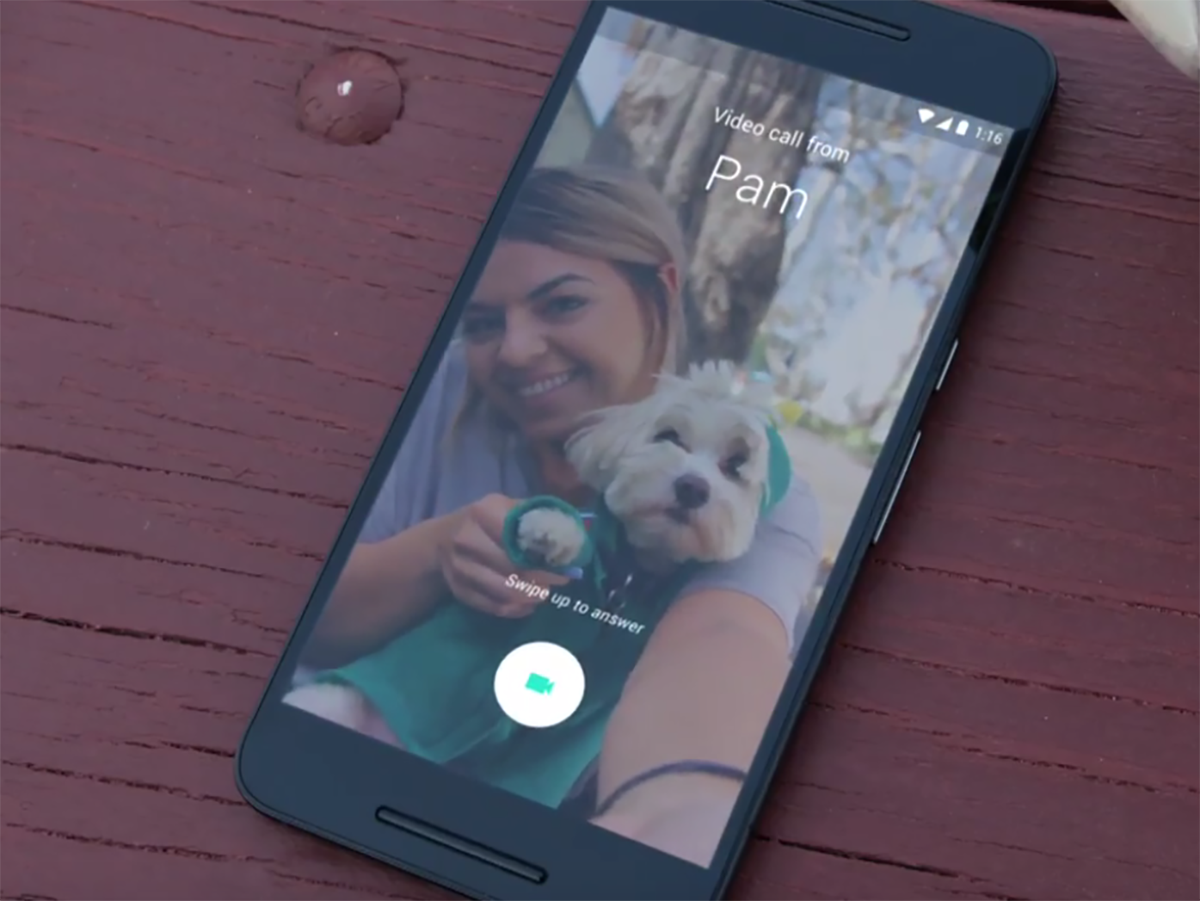
Google dedicated an early portion of the keynote to a pair of iPhone apps, surprisingly – but they’re on Android too, of course. Allo and Duo are a couple of chat apps with a notably different focus for each.
Allo is a new kind of text messaging app that won’t outright replace Hangouts, but it has a few tricks up its sleeve. The biggest of those is the Google Assistant, which acts as a chatbot within your conversations and can suggest contextual information, pull in information from the web, and even recognise dog breeds… probably not a function you’ll need daily, but you never know.
On the other hand, Duo is all about video chat, attempting to knock FaceTime and Skype from the throne. Duo’s most interesting feature is Knock Knock, a visual preview of your caller that gives you a chance to dodge an uncomfortable dialogue should the person on the other line seem upset. Smart tweak, that. Both apps will be available on Android and iOS this summer.
6) In an instant
One of the more intriguing Android developments at I/O 2016 was Google’s Instant Apps, which allows developers to create interfaces that run smoothly and natively like local apps but are actually streamed from servers. What’s the point? Well, they’re ideal for things you need to access on your phone occasionally, but don’t want to keep an app around for.
Google’s example is an app for paying street parking fees: you probably don’t want to go through the hassle of finding the app on the Play Store, downloading it, loading it up, and so on and so forth. Instead, an NFC trigger in the payment box could bring up a small web app for paying – even with Android Pay – letting you get the job done in moments. Instant Apps will also be available via web links and Google search, attempting to save you some time without sacrificing interface quality and responsiveness.
7) Android + Chrome OS
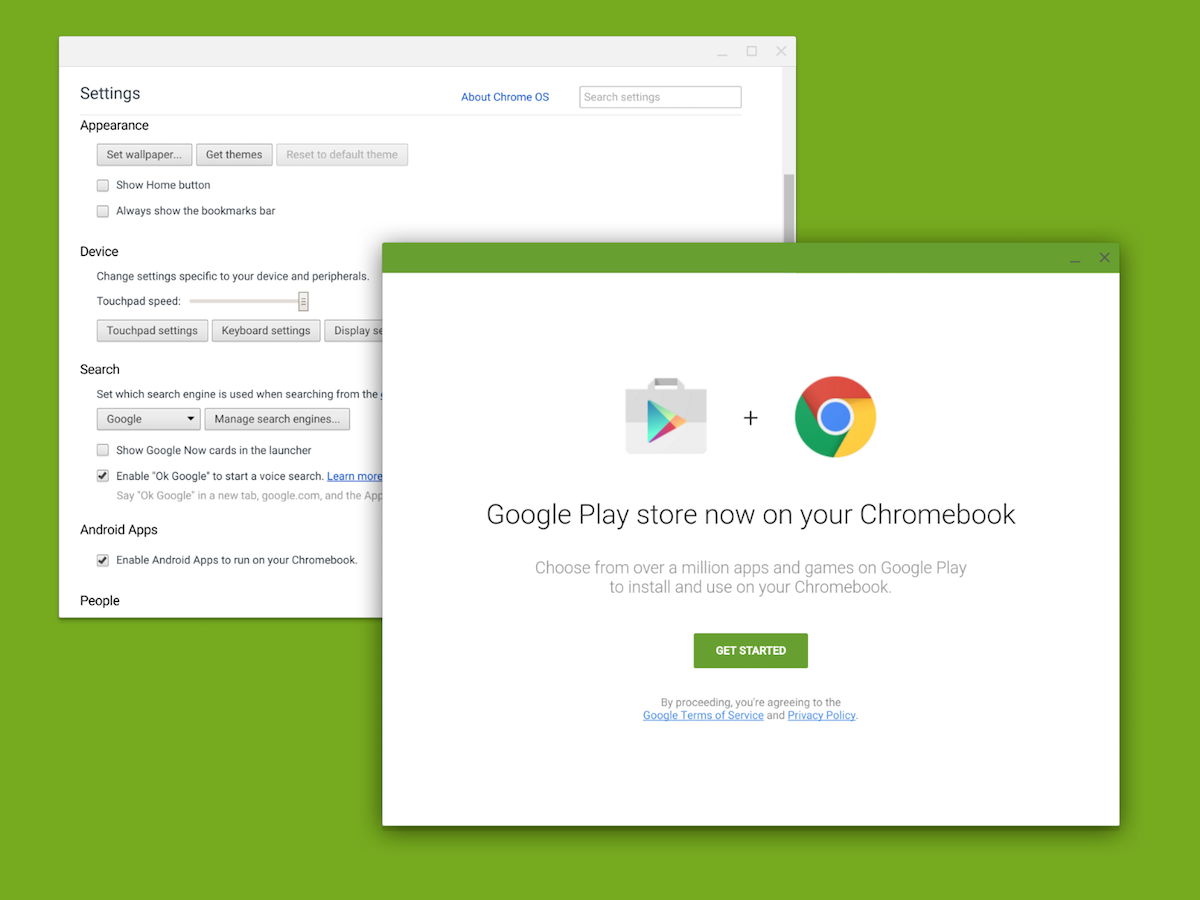
Looking for some cool new apps for your Chromebook? You should have about a million-plus more options soon thanks to the coming availability of the Play Store, which will allow Android apps and games to run right on the budget-friendly laptops.
It’s a move that’s been rumoured for a while as Google reportedly mulls a Chrome OS and Android merger, and Google spilled the word via an I/O session listing (since changed) – but a developer build last month already spoiled the surprise to some extent. We don’t know exactly when the functionality will be switched on for everyone, but it ought to be pretty soon.


